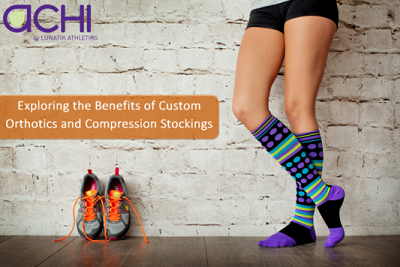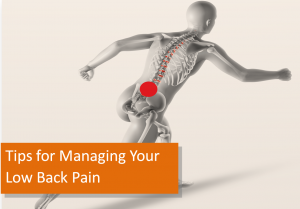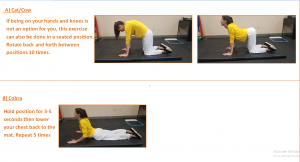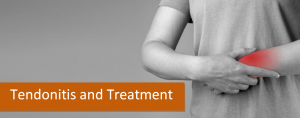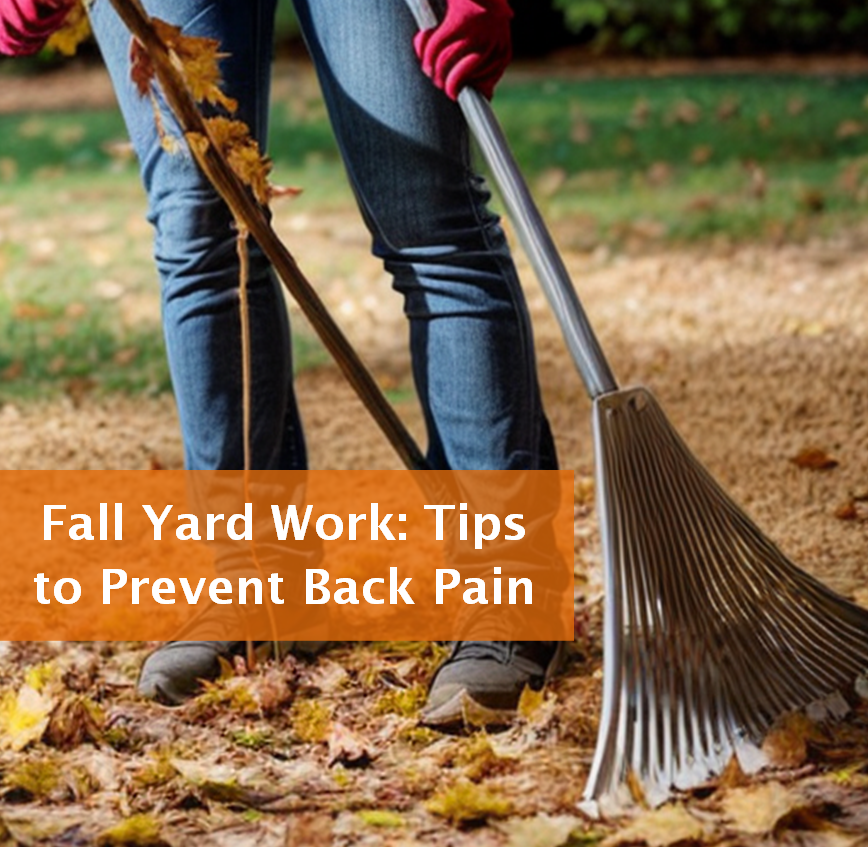
As the leaves change colors and the air becomes crisp, many homeowners eagerly embrace the beauty of fall by tending to their yards. However, the joys of raking leaves, pruning trees, and preparing your garden for winter can quickly turn into backaches and discomfort if proper precautions aren’t taken. In this blog post, we’ll explore some essential fall yard work tips and techniques to help you prevent back pain and enjoy the season to the fullest.
- Warm-Up and Stretch
Just like any other physical activity, it’s essential to warm up your muscles before diving into fall yard work. Spend a few minutes doing light stretches and low-impact exercises to get your blood flowing. Focus on your back, legs, and arms to prepare them for the tasks ahead. Simple stretches like touching your toes or reaching for the sky can help prevent muscle strains.
- Use Proper Tools
Selecting the right tools for the job can make a significant difference in reducing the strain on your back. Invest in ergonomic tools with padded handles and adjustable heights to suit your specific needs. For instance, a rake with an adjustable handle can save you from bending over too much, while a wheelbarrow can help you transport heavy loads without straining your back.
- Lift with Care
When lifting heavy bags of leaves or other yard waste, always remember to bend at your knees and hips rather than your waist. Use your leg muscles to do the heavy lifting and keep the load close to your body. If an object is too heavy for you to handle on your own, don’t hesitate to ask for assistance.
- Take Breaks
Yard work can be physically demanding, so it’s crucial to pace yourself. Don’t push your body to its limits. Take short breaks every 20-30 minutes to rest, rehydrate, and stretch. Overexertion is a common cause of back pain and injuries, so listen to your body and avoid overdoing it.
- Maintain Proper Posture
Pay attention to your posture when performing yard work. Stand up straight and avoid hunching over or twisting your body awkwardly. When using a lawnmower, ensure that the handle is at a comfortable height, so you don’t have to stoop or lean excessively. Good posture is key to preventing back pain.
- Use a Cushioned Kneeling Pad
Kneeling on hard surfaces for extended periods can strain your back and knees. Invest in a quality cushioned kneeling pad or use a gardening stool with padding to provide comfort and reduce the strain on your lower back and joints.
- Prioritize Core Strength
A strong core can provide essential support for your back. Incorporate regular core-strengthening exercises into your fitness routine to help maintain a healthy, pain-free back. Planks, bridges, and leg raises are excellent exercises for building core strength.
- Be Mindful of Leaf Blowers
If you use a leaf blower, be cautious about the force it exerts on your back. Holding the blower at a proper angle and keeping your back straight can help reduce the risk of straining your back muscles. Ear protection is also crucial when operating loud equipment to prevent hearing damage.
Conclusion
Fall yard work is a satisfying and necessary part of maintaining your home, but it shouldn’t come at the cost of your well-being. By following these tips and being mindful of your body’s limits, you can prevent back pain and enjoy the beauty of the season without any discomfort. Remember that it’s essential to listen to your body and prioritize safety, as a healthy back will allow you to appreciate the autumn season to its fullest.



